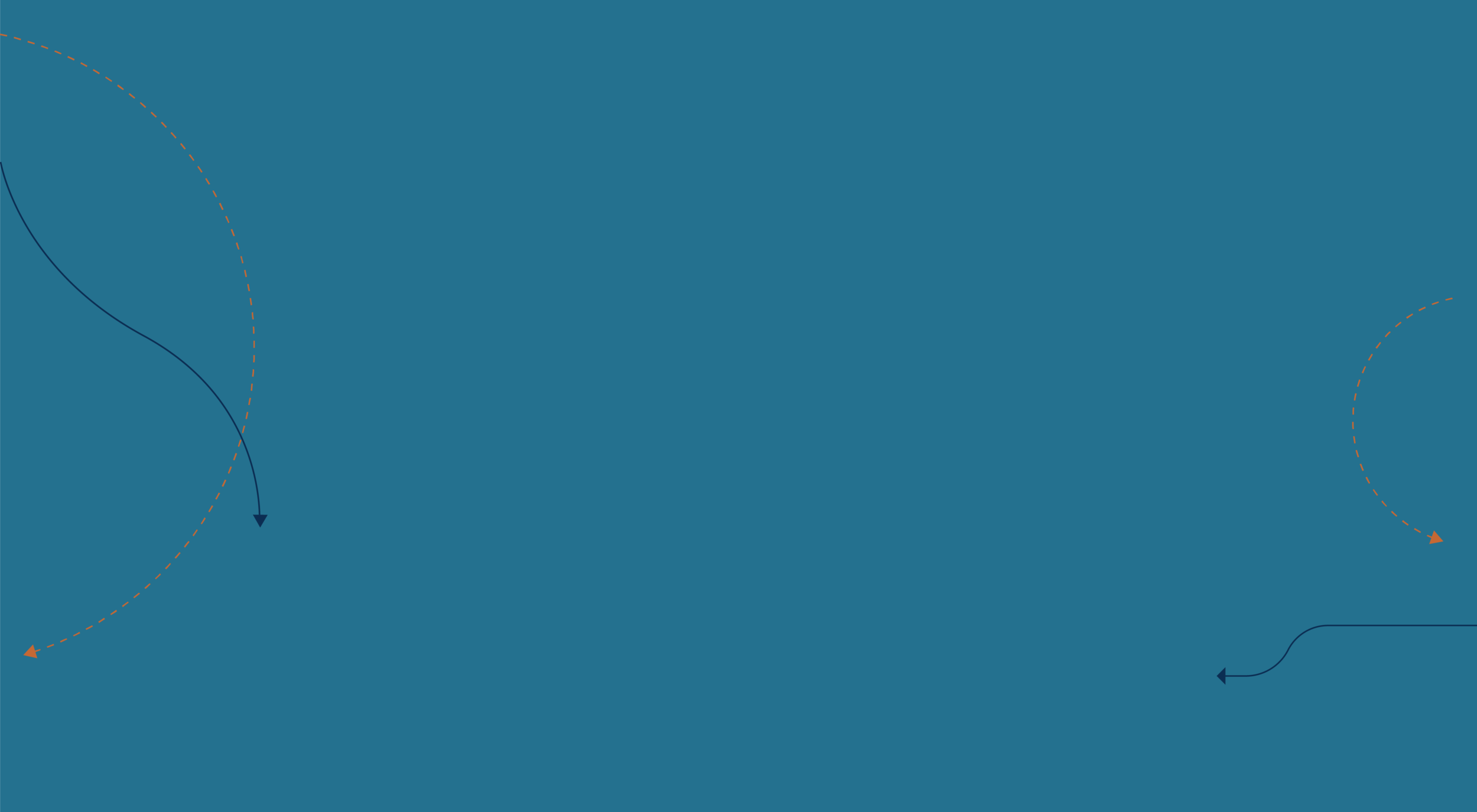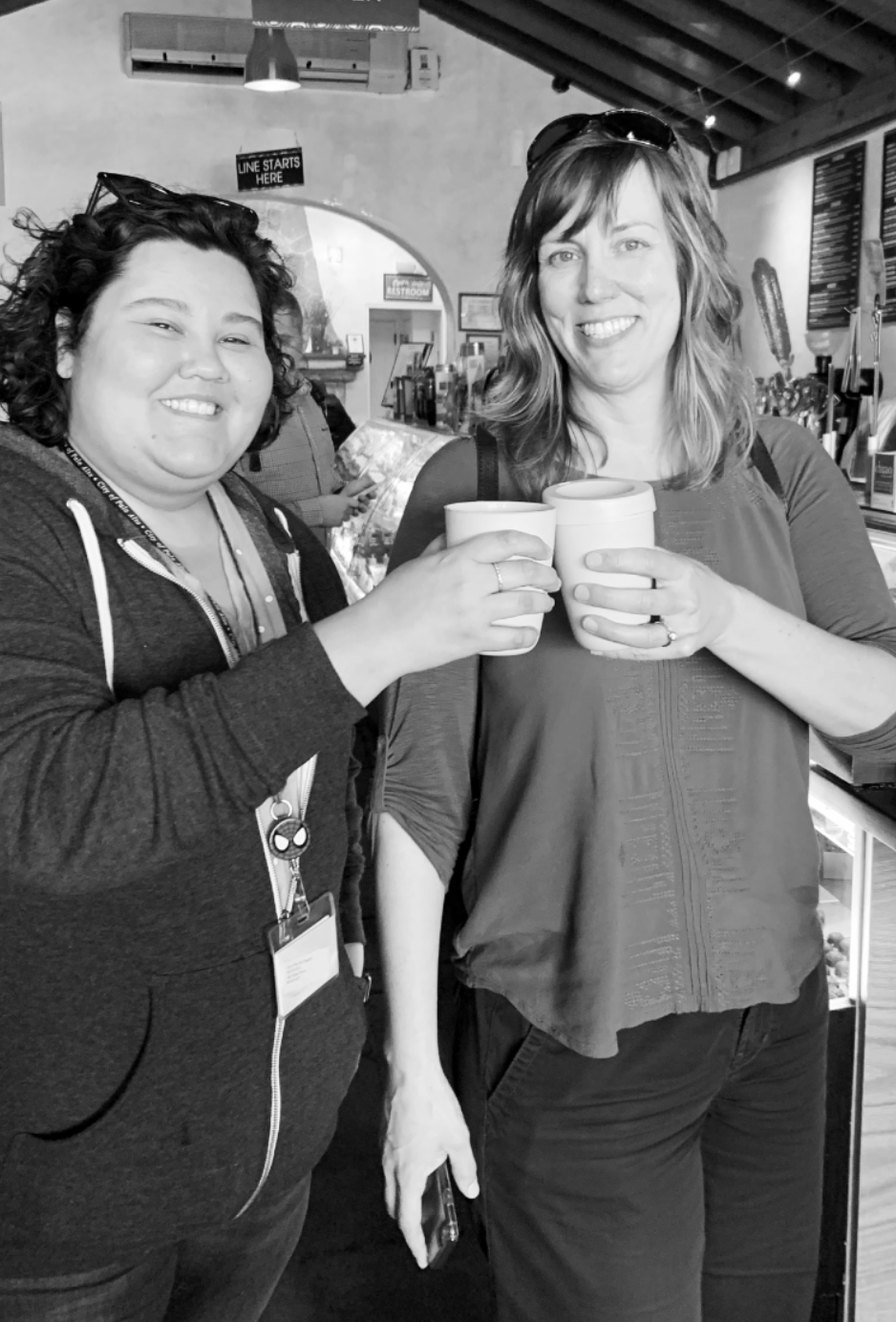
Imagine a to-go cup that can be reused again and again
Reusable packaging is the future – converting 20% of global disposable plastic packaging into reusable packaging is a $10 billion opportunity. This is the time to innovate and create new solutions through collaboration. Explore how reusable packaging systems come to life.
REUSABLE SYSTEMSThe NextGen Consortium asked the world
a question to address the single-use challenge:
How might we design a system to replace the single-use cup that delights customers, easily integrates with businesses and is better for the planet?
We discovered there are many answers to the big questions around reuse models. Designing and implementing new reusable packaging systems is not always easy, but through experimentation and piloting across the value chain, we have uncovered a set of key insights that can guide efforts to introduce and scale reuse models now, and into the future.
01
Reuse models must be a net positive for the environment, offering a viable solution to addressing single-use packaging waste.
02
Reuse models must be safe and hygienic at every step of the process.
03
Reuse models must provide a seamless, convenient experience for companies and customers.
04
Reuse models have a clear pathway to scale, and success is tied to collaboration.
The Journey of a Reusable Cup
Collaboration Insights
Every market is different. The specific ways in which a local cafe and a delivery partner work together, for example, may vary based upon cultural variables or the specific capabilities those partners possess.
Engage with local policymakers early and often to contribute to realistic, long-term policy implementation. For example, ongoing collaboration with local governments may help to inform and create reuse policies that are rooted in the operational realities of a given system.
Know the key stakeholders. It is vital to map and understand all of the stakeholders – customers, employees, and actors – across the existing system prior to introducing a reuse model at scale.
Consider the environmental impacts of the entire reuse network. Variables such as the use of water, energy, and emissions are important to weigh when identifying the right system partners and location.
It takes a village
A reusable system is possible, and success is tied to collaboration
Creating a reusable cup system requires collaboration amongst diverse stakeholders – customers, businesses, staff, logistics providers, and the cities they live in determine a reusable cup program’s success. Each stakeholder is different in approach and has a different role to play in the larger implementation of a reusable system.
CLICK THE MAP BELOW TO VIEW DIFFERENT STAKEHOLDERS
ENGAGE DIVERSE STAKEHOLDERSReusable Packaging CompaniesA new generation of eco-friendly companies will help to define the possibilities of reuse
Innovative reusable packaging companies must seek to balance adaptability and predictability. Systems should be adaptable to the inevitably unique needs of individual retail and cafe locations, while also providing reliable and consistent experiences in order to build trust with consumers. Above all, the system must also be better for the environment than the process it is seeking to disrupt.
BusinessesReusable cup systems are a viable option for businesses of all shapes and sizes, and provide new ways of engaging with customers
More restaurant operators – of all sizes, from local coffee shops to multinational quick service restaurants – are starting to prioritize a shift to circular systems, considering where new reuse models fit into their broader business. While a full circular paradigm shift will take investment and time, momentum is clearly growing among even some of the world’s largest corporations in favor of providing reuse options to customers.
CustomersThe appetite already exists
in the market
Adoption and building awareness take time. Designing the system to align with the motivations and desires of customers will improve satisfaction and drive repeat use.
“I love the service! I’m definitely going to recommend it to friends, especially these days when everyone I know is wanting to be more environmentally friendly and making choices to ensure the way they live is better for the environment.”
— NextGen Pilot Reusable Cup Customer
Restaurant and Cafe EmployeesBaristas and staff are key stakeholders in any reusable packaging system
Reuse systems must build in feedback loops to learn from employees to avoid workflow disruption or adding additional hours to staff’s time. Employees can also serve as key co-designers of the system, as they most intimately know what will and won’t work as it pertains to the in-store process.
Logistics PartnersAn opportunity to partner
at every step
Recognizing ongoing safety and health protocol updates and fostering adaptive partnerships will ensure system resiliency long-term.
Reuse models require unique and complex logistics to keep packaging circulating for multiple uses. Identifying the right logistics partners that adhere to strict health and safety protocols, have meticulous quality control, and align to the core values of the model, will help to ensure long-term success.
“The strategy has changed dramatically over the last year to respond to city legislation and speed up the transition to zero waste. How do we design for reuse whilst providing the highest standards of quality and convenience? Our partnerships ensure we are building a network of stakeholders that can help us scale operations, whilst maintaining the highest standards required.”
— Safia Qureshi, Founder/CEO, CupClub
Cities & GovernmentLocal government partnerships
can help close the loop
Consider building relationships with policy experts or recruiting people on your team with local policy knowledge.
“An important next step is to align policy with our efforts to further incentivize the growth of reuse models. We are seeing a lot of support from the industry around policy, and success will come from alignment and agreements across the value chain – large corporates, consumers, and advocacy groups, among others. Policy represents the difference between 10% and 80% adoption. It’s a missing component.”
—Brian Reilly, CEO, Muuse
These partnerships may encourage friendly policies encouraging similar systems that are rooted in market realities and foster more widespread adoption.
SYSTEMIC CONSIDERATIONSSet reusable systems up for success
Make Sustainable Material Choices
Built to last and
to be recovered
The number of times reusable packaging is used ties directly to its environmental impact, as does its eventual end-of-life pathway. Even the most innovative companies leveraging reuse models will require decommissioning after many uses so designing for recyclability is critical. Important considerations around end-of-life recovery pathways, how energy intensive the material is to extract, cost and customer happiness need to be weighed before scaled production begins.
Select the Perfect Spot
There are fundamentals to selecting a retail location and where the cup lives in-store
Consider how retail locations provide convenience to the customer while also informing and connecting to the broader reuse system. Maximizing accessibility could mean considering proximity to transport hubs and retail density, among others.
Choose the Right Payment Model
Incentives, no hidden costs, or pay-as-you go
Reuse models must be economically viable and sustainable long-term. In order to enable and encourage regular use of reusable packaging services, designing the right financial incentives, payment models and lost cup fee and accounting methods is paramount to success.
Optimize Health & Safety Protocols
Hygiene is essential
Washing and sanitizing cups, lids, points of return and any other components of the reuse system is of extreme importance. Care should be taken across all stakeholders to ensure hygiene is being maintained at the highest standards.
Measure Impact and Success
Developing replicable standards and processes to measure impact and success
As reuse models scale, building out a standardized measuring framework can help align the industry as a whole around important metrics, moving us forward collectively. After aligning on a standard set of metrics, benchmarking and baselining will help evaluate future progress and set attainable performance goals and targets.

Coming back to the customer we are designing for, it is important to remember that we can’t keep depending on the systems currently in place. We need to aim higher and take advantage of building new accessible and circular economies.
As Bridget Croke, Managing Director at Closed Loop Partners reminds us, “We are on the cusp of a reuse revolution and expect to see more big innovations related to other applications, such as shopping bags and food packaging. Reuse will be a growing part of the plastic solution portfolio used by brands and retailers. It’s certainly not going to solve the whole plastic waste challenge, but as more of these models come to market, we are excited to see new solutions that collectively build reuse back into our cultural and behavioral norms.” We have to make seamless experiences that benefit the environment, too.
Building a reusable cup system is viable. We are at the beginning of streamlining the entire cup journey. Leveraging learnings from this report will improve the beverage industry, customer loyalty, and our shared planet.
"We are excited to continue building on the momentum of NextGen’s reusable cup pilots, sharing insights and supporting the further development of innovative reuse models, in partnership with Starbucks, McDonald's and other partners.
This is just the beginning of our journey toward eliminating waste and we will continue to refine, test and hone circular solutions that can help us realize a more circular future together."
— Kate Daly, Managing Director, Center for the Circular Economy, Closed Loop Partners

Hope — A new way is possible …
Right now, the world is ready for the next future cups. Billions of beverages are being served right now across the world through local cafes, family restaurants and popular eateries with the customer’s mind on safety and our planet. More than ever, this is an opportunity for us to innovate and renew efforts on circular economies.
All inquiries can be directed to:
The Report
























